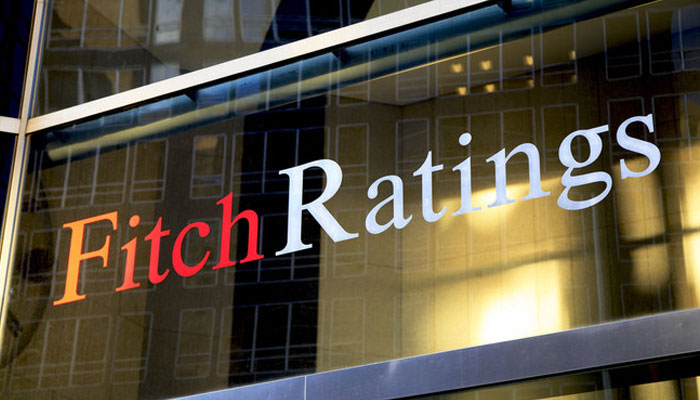
- Pakistan must pay back $3.7 billion in debt in May-June.
- It is expected that $2.4 billion in deposits/loans will be rolled over from China.
- Inflation in Pakistan rises to 36.4%, the highest in South Asia.
Months after Pakistan’s Long-Term Foreign-Currency Issuer Default Rating (IDR) was downgraded from “CCC+” to “CCC-“, Friday’s Fitch Ratings showed that risks are high and default or debt restructuring is an increasingly real possibility for investors. the country becomes .
“Our baseline scenario is still that Pakistan and the IMF will reach an agreement on the program review.” Bloomberg reported citing Fitch’s Hong Kong-based executive, Krisjanis Krustins.
It is pertinent to mention here that Fitch had demoted Pakistan in February this year.
Krustins revealed that cash-stricken Pakistan will have to repay a total of $3.7 billion in debt over the May-June period as the government struggles to secure a rescue package from the International Monetary Fund (IMF).
The director said about $700 million in maturities in May and another $3 billion in June.
Fitch told me Bloomberg that it expects to roll over $2.4 billion in deposits and loans from China.
Pakistan, which has been negotiating for about half a year to resume a $6.5 billion bailout with the IMF, is scrambling to avert bankruptcy as foreign exchange reserves – which currently provide nearly a month’s worth of import coverage – come under pressure. The country has received financial support from countries in the Middle East and China, an important IMF condition.
The debt payments underscore the critical need for Pakistan to resume its bailout program with the Washington-based lender, which has been stalled since last November.
The $1.1 billion tranche is part of a $6.5 billion bailout package approved by the IMF in 2019 that expires in June, ahead of the budget. So far, Pakistan has received USD 3.9 billion.
The country is reeling from an economic crisis with inflation reaching 36.4%, the highest in its history and the highest in South Asia, while a bloody political battle rages between the government and former Prime Minister Imran Khan.
The government has lifted exchange rate ceilings, imposed taxes, raised energy rates and cut subsidies in an effort to free up IMF funding. It also raised key interest rates to a record 21%.
Finance Minister Ishaq Dar has claimed since being sworn in in September that “Pakistan cannot possibly default”, but leaders of the ruling alliance and opposition parties have consistently argued that the country is on the brink of collapse.
#Default #debt #restructuring #real #Pakistan #Fitch
Source link